Brian Megaw, a river guide on New Zealand’s North Island, thought there must be a better way to run the Whanganui River. On this historic river that meanders through the verdant mountains and canyons of Whanganui National Park, commercial trips were limited to paddle-your-own canoe rentals. From what Brian saw, most couples zigzagged back and forth arguing, capsized in the river’s small rapids, and got to camp exhausted, having completely missed the enchanting beauty of the steep, sinuous, forest-draped gorge. Why not bring dories to New Zealand? They would fit right into the scenery and the ancient Maori traditions of the river. Passengers could relax, soak in the beauty, eat a decent meal before dark, and enjoy the skills and knowledge of trained boatmen. Brian had seen the Grand Canyon dory in the States—an elegant, stately wooden boat that gives a great ride and brings pleasure to the eye and soul.After a roundabout search and many missed connections, Brian found a master dory builder, Andy Hutchinson, in Dolores, Colorado. Andy builds decked dories in the stitch-and-glue method, which requires a good deal of fiberglass work. Brian was hoping for something a bit quicker and more affordable, without decking. And he wanted two boats. Andy called a boatbuilder friend of his in Flagstaff, Arizona: me.I build plywood-on-frame boats. They come together quite quickly, especially with the free-form assembly method I prefer. It is an old-fashioned way to build, but it eliminates the need for a strongback and provides a good, durable construction method for the kind of open boats Brian wanted.
Join The Conversation
We welcome your comments about this article. If you’d like to include a photo or a video with your comment, please email the file or link.
Comments (3)
Comments are closed.
Stay On Course

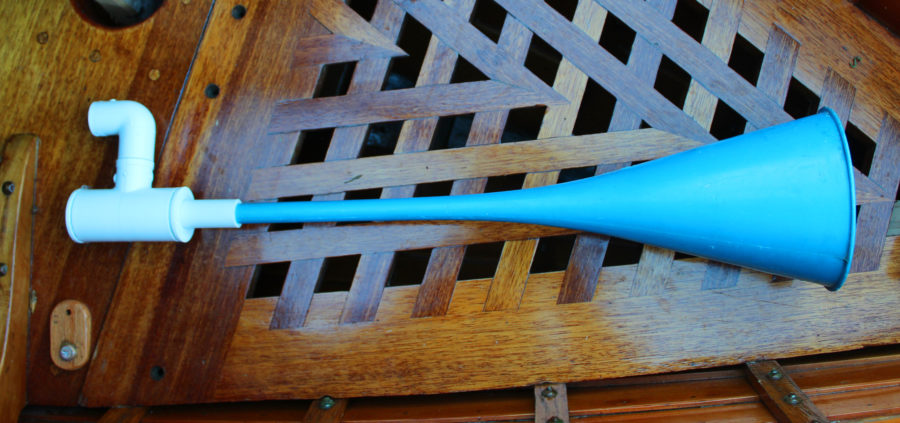
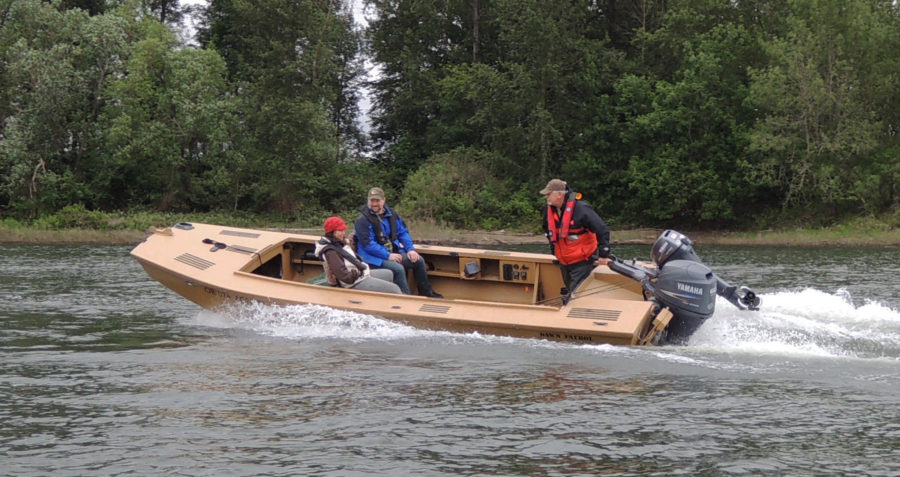
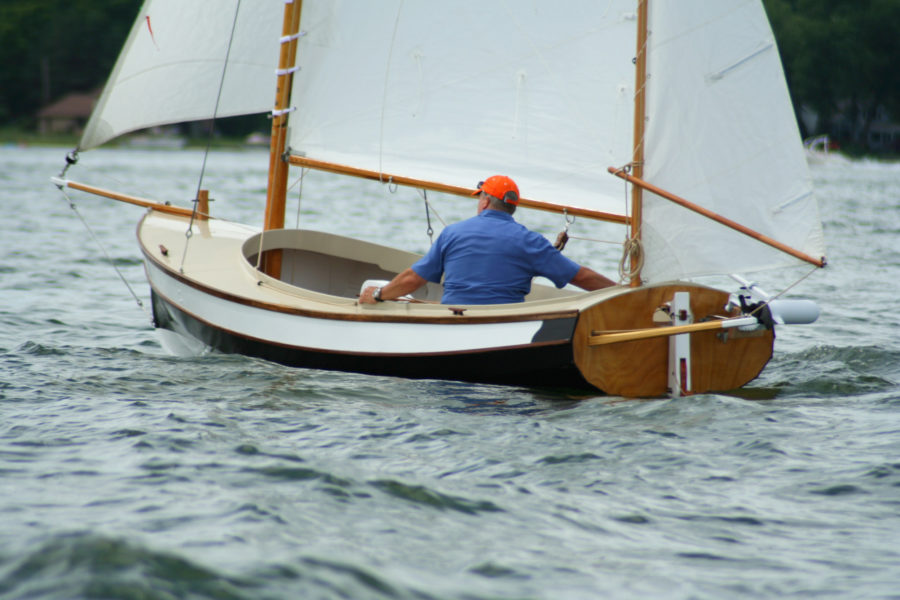
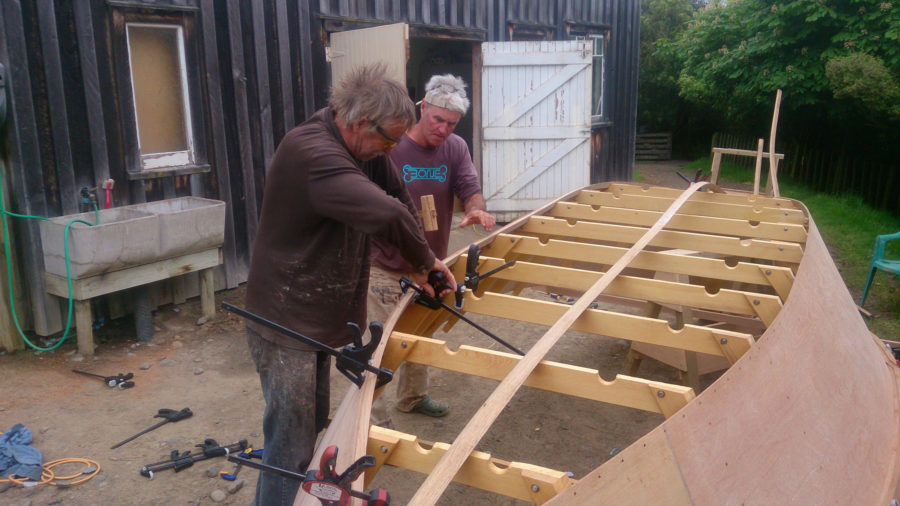
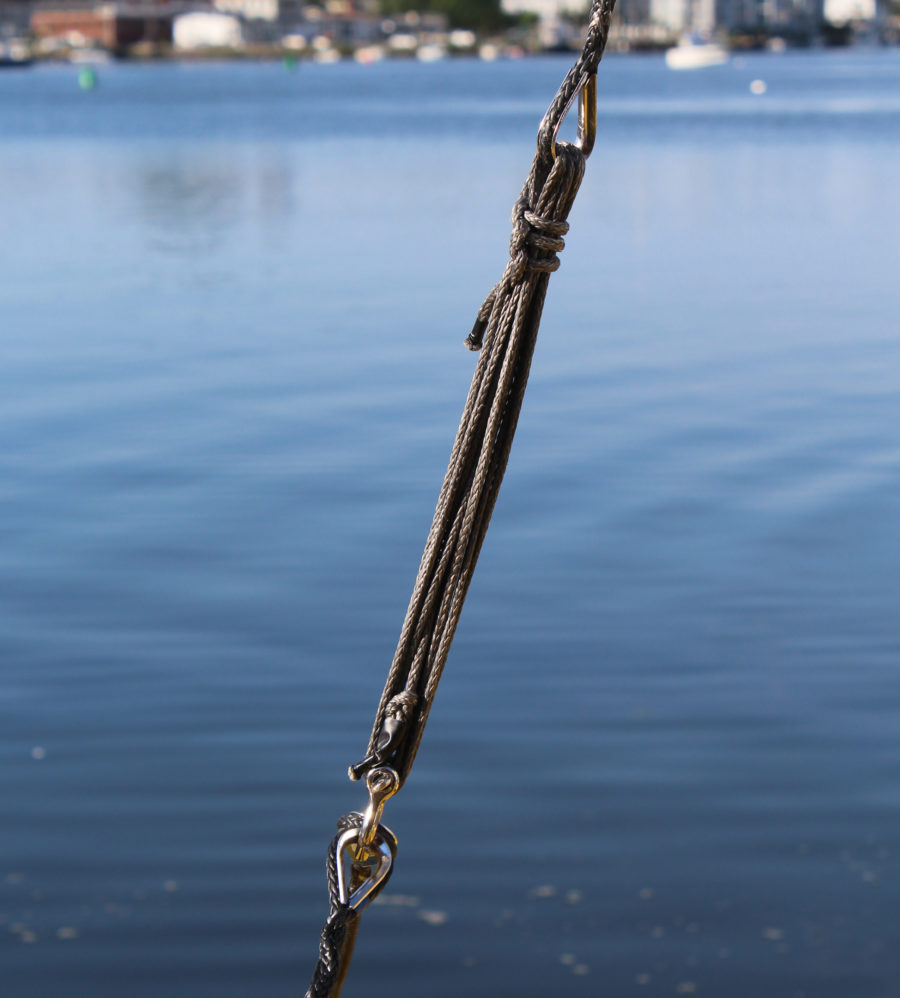
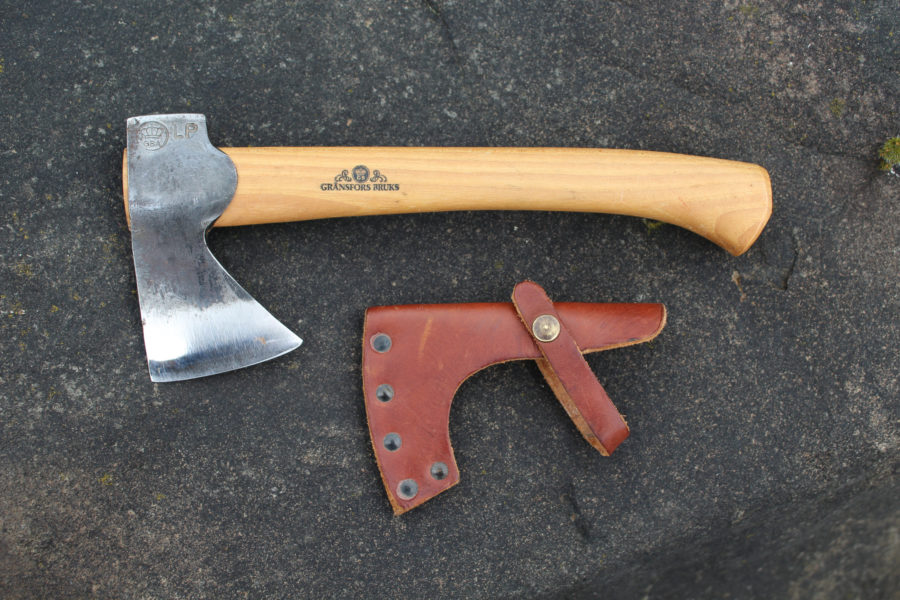
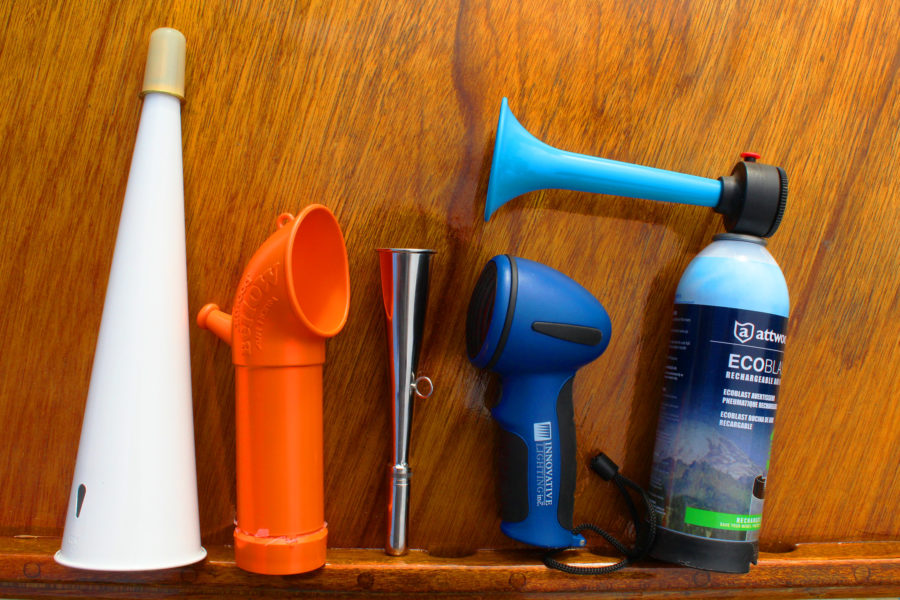
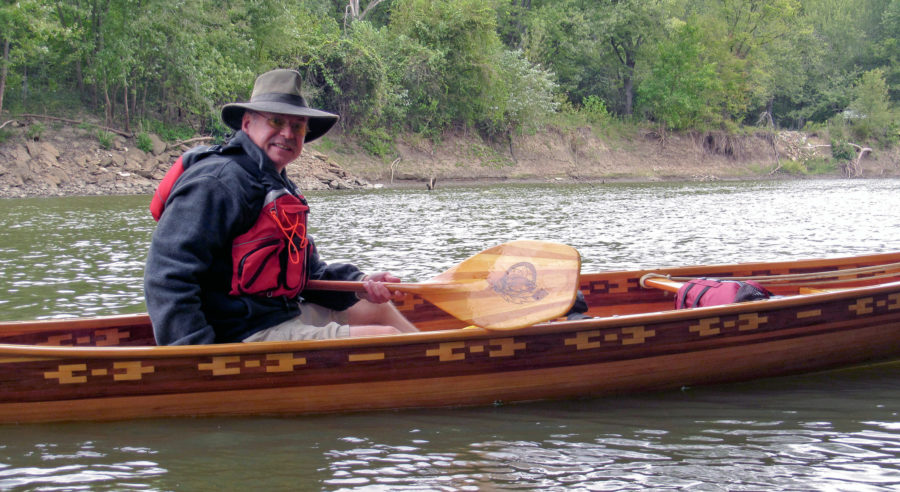
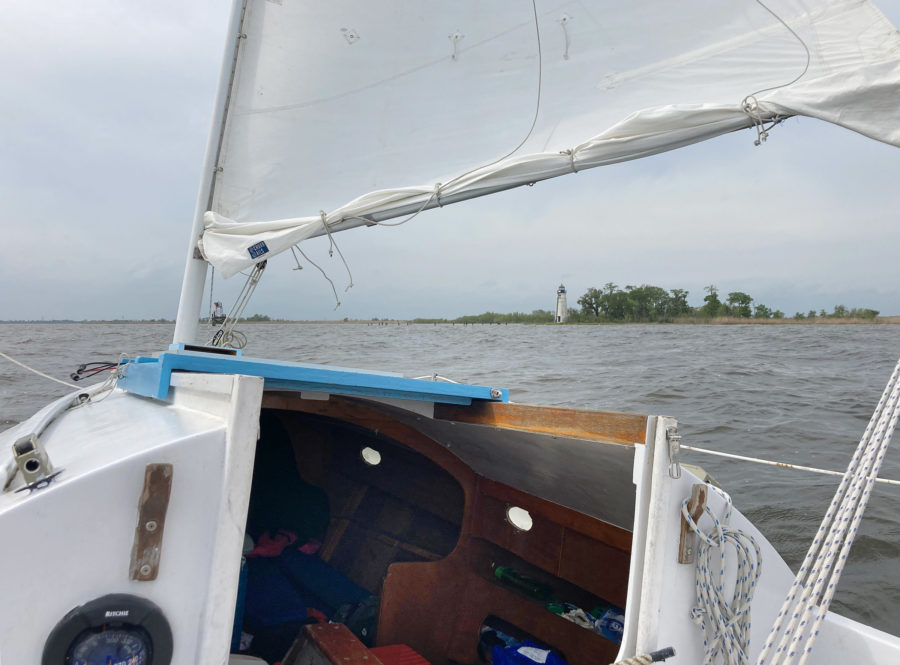


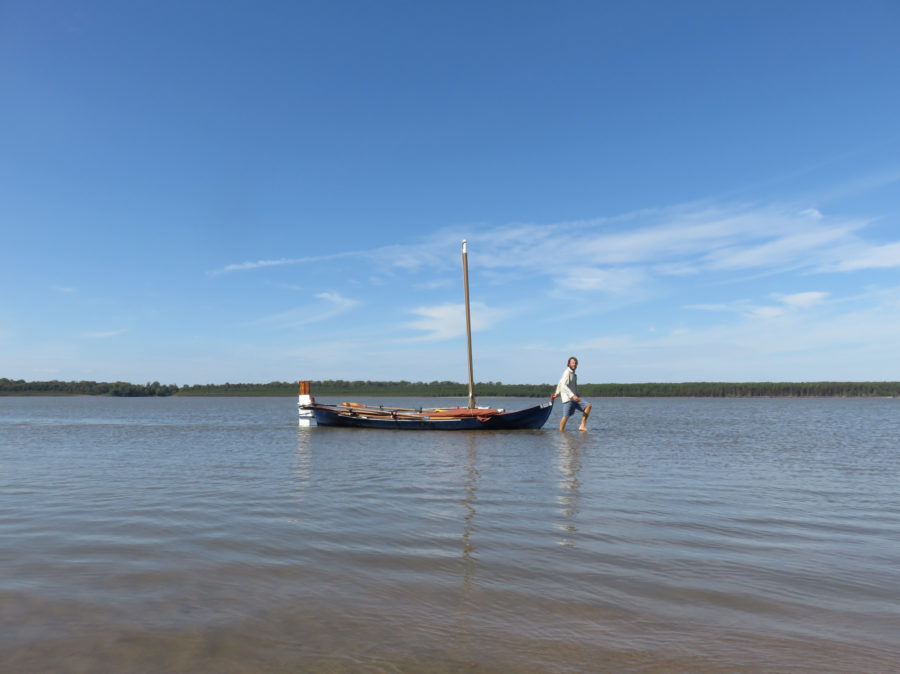
My experience with dories came with a bear hunt in Quebec, Canada, and I can say that I liked the way they ran. The sons of the man who built them was from Newfoundland and they were called Newfie dories. The frames were cut from trees that grew on hillsides, so the curve was in them.
Considering that we have the best boatbuilders in the world, it seems very strange to import a couple of Yanks to do this job!
A bloody good story. I have been wanting to do this trip for a few years. Will now make a bigger effort. Nice boats.